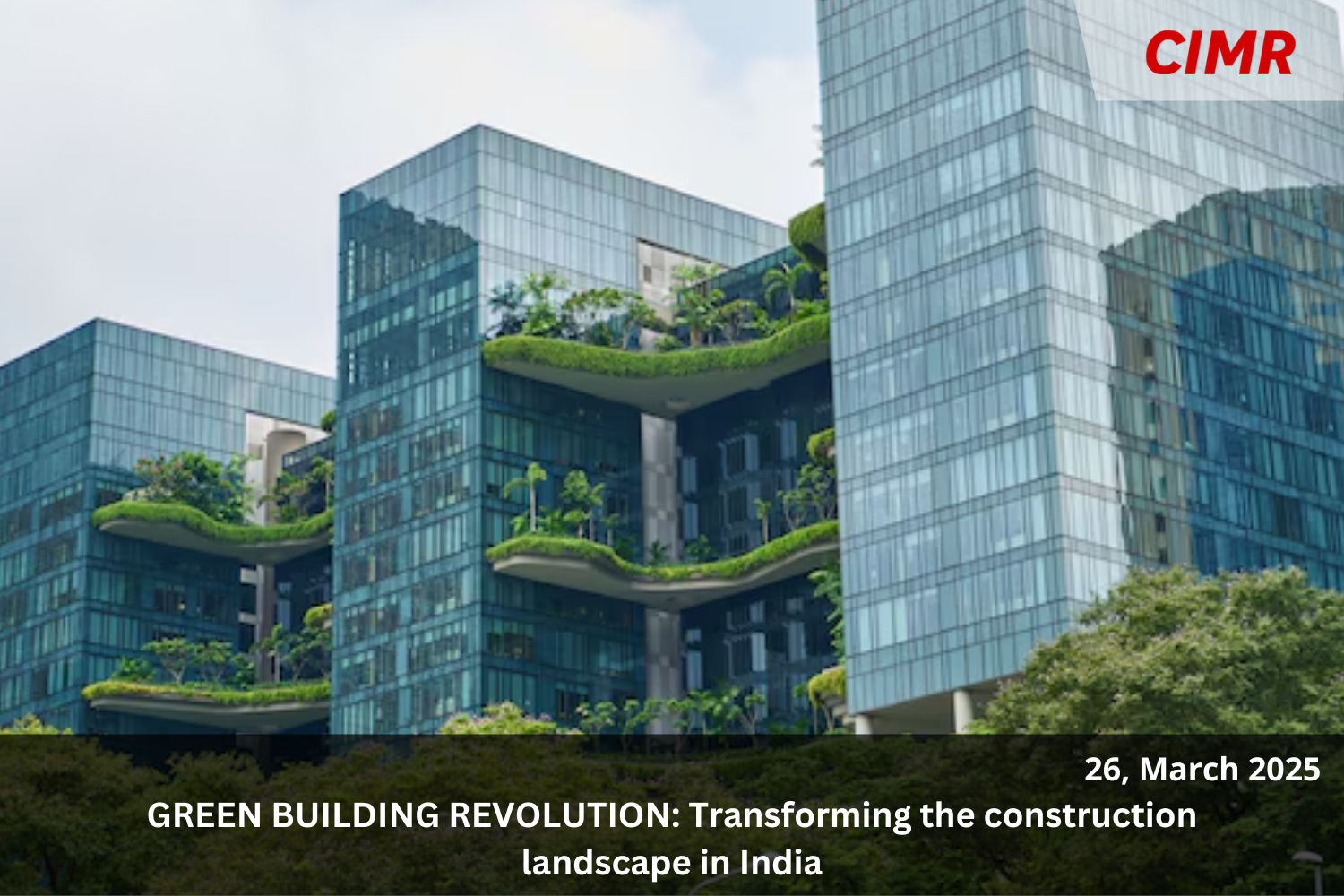India is transforming its construction industry by embracing green buildings and eco-friendly products and materials. The country’s commitment to sustainable practices is reflected in its green buildings, which conserved over 45 billion kWh of energy and 14 billion liters of water in 2022, while mitigating 40 million tonnes of greenhouse gas emissions.
Green certifications, such as Forest Stewardship Council (FSC) certification, differentiate products and promote environmental responsibility. Industry-leading construction companies emphasize Life Cycle Assessment (LCA) and Environmental Product Declaration (EPD) to promote sustainable construction practices.
Regulatory guidelines for manufacturing align with the United Nations’ Sustainable Development Goals (SDGs) and ensure compliance and accountability. To truly transform India’s construction landscape, the focus must expand beyond tier-I cities and prioritize tier-II and tier-III cities.
Government and policymakers play a crucial role in driving this change by introducing targeted incentives, such as tax benefits for manufacturing green products and subsidized materials and technologies Sustainable materials like gypsum board drywalls, reclaimed wood, steel structures, and recycled materials like glass in fibrous glass mineral wool contribute to these efforts
The circular economy principles, which involve materials being kept in circulation through processes like maintenance, reuse, refurbishment, remanufacture, recycling, and composting, are estimated to reduce CO2 emissions from materials used in the built environment by 38% by 2050.
India is witnessing a green building revolution, driven by sustainability, energy efficiency, and environmental responsibility. With rapid urbanization and rising concerns over climate change and resource depletion, the construction industry is shifting towards eco-friendly, energy-efficient, and smart building solutions. This transformation is shaping a more sustainable future while aligning with India’s net-zero emissions goals.
The Rise of Green Buildings in India
Green buildings are designed to minimize environmental impact by optimizing energy consumption, water use, and material efficiency. Organizations such as the Indian Green Building Council (IGBC), LEED (Leadership in Energy and Environmental Design), and GRIHA (Green Rating for Integrated Habitat Assessment) are setting benchmarks for sustainable construction.
Key Innovations Driving the Revolution
-
- Incorporation of solar panels, passive cooling, and energy-efficient lighting to reduce electricity consumption Energy-Efficient Design & Smart Technologies Smart building technologies, including AI-driven energy management systems, optimize power usage.
- Sustainable Construction Materials Use of recycled steel, fly ash bricks, bamboo, and low-carbon concrete to lower the carbon footprint.
-
- Adoption of prefabrication and modular construction techniques to reduce waste and improve efficiency. Integration of rainwater harvesting, greywater recycling, and water-efficient plumbing systems Advanced waste management and recycling practices to promote circular economy principles Policies like the Energy Conservation Building Code (ECBC) promote sustainable practices.
- Green Certifications & Government Incentives Tax benefits and subsidies encourage developers to adopt green building standards Green buildings reduce operational costs through energy and water efficiency Sustainable structures enhance indoor air quality, ensuring healthier living and working environments Growing awareness of sustainability is driving demand for green-certified commercial and residential properties.
With increasing urbanization and climate concerns, India’s construction industry must continue adopting sustainable innovations. The green building revolution is not just a trend but a necessity, ensuring a resilient, energy-efficient, and environmentally responsible future for India’s cities.
India’s construction sector is undergoing a green revolution, driven by sustainability, energy efficiency, and eco-friendly materials. Green buildings, certified by IGBC, LEED, and GRIHA, optimize energy, water, and resources, reducing carbon footprints. Innovations like solar management, rainwater harvesting, and sustainable materials are reshaping urban infrastructure.
Government policies, including the Energy accelerating adoption. Green buildings offer cost savings, healthier environments, making them the future of India’s construction industry. As urbanization grows, this eco-friendly shift is essential for a resilient and sustainable future.
- Group Media Publication
- Construction, Infrastructure and Mining
- General News Platforms – IHTLive.com
- Entertainment News Platforms – https://anyflix.in/





